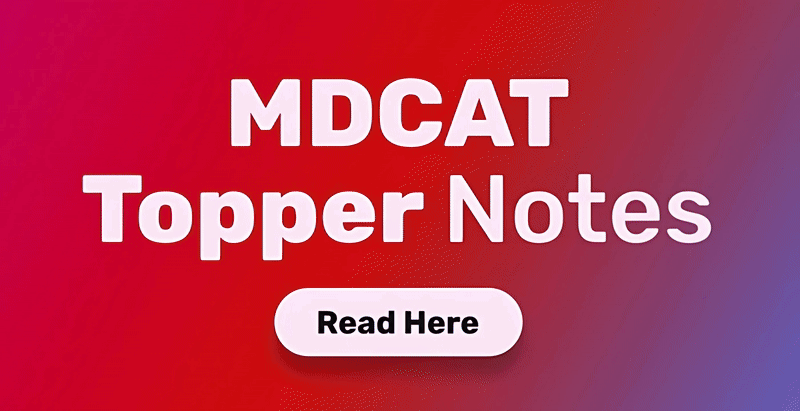In the modern era of rapid technological advancement and shifting business landscapes, traditional project management models often struggle to keep up. Fixed scopes, rigid timelines, and lengthy documentation cycles fail to adapt to changes in requirements, team dynamics, or customer expectations. This is where Agile methodologies emerge as a transformative solution. Rooted in flexibility, collaboration, and iterative development, Agile addresses many of the core issues that plague conventional project management practices.
This article explores how Agile methodologies solve project management problems, offering clarity for project managers, developers, and business leaders seeking more effective ways to deliver successful outcomes.

1. Lack of Flexibility in Traditional Project Management
Traditional project management frameworks like the Waterfall model follow a linear process — requirements gathering, design, development, testing, and deployment. Once a phase is completed, revisiting it is challenging and costly. This rigid structure becomes a major problem when requirements change mid-project — a common occurrence in today's dynamic business environment.
Agile's Solution:
Agile embraces change. Through short development cycles called sprints, Agile teams work in iterative loops that allow for constant reassessment and adjustments. This flexibility ensures that evolving requirements can be incorporated without derailing the project. Product backlogs are regularly updated, and stakeholders can reprioritize tasks at any time, making Agile ideal for projects where adaptability is crucial.
2. Poor Communication and Collaboration
One of the leading causes of project failure is a breakdown in communication. Traditional models often separate departments and teams, leading to siloed workflows and poor stakeholder engagement. This lack of transparency can result in mismatched expectations, missed deadlines, and low-quality outputs.
Agile's Solution:
Agile emphasizes collaborative teamwork and open communication. Daily stand-up meetings (also known as scrums) foster regular dialogue between team members, including developers, testers, and product owners. These brief, focused meetings improve visibility and help identify issues early. Additionally, Agile encourages stakeholder involvement throughout the project, not just at the beginning and end. Continuous feedback loops help align everyone toward a common goal.
3. Unclear Project Requirements
In traditional models, project requirements are often defined at the beginning and treated as static. However, clients may not fully understand what they need until they see a working product. This leads to confusion, rework, and dissatisfaction.
Agile's Solution:
Agile methodologies handle vague or evolving requirements exceptionally well. Instead of waiting until the end to showcase the product, Agile promotes delivering working increments at the end of each sprint. This iterative delivery allows stakeholders to provide feedback on actual functionality, leading to more accurate requirements and better end products. User stories, personas, and use cases are used to understand the needs from the customer's perspective, increasing the project's alignment with business goals.
4. Inconsistent Delivery and Delays
Long project timelines, often spanning months or even years, can lead to delays due to unforeseen issues, changing priorities, or underestimation. Without a clear roadmap or frequent check-ins, projects risk going off track.
Agile's Solution:
Agile methodologies focus on time-boxed sprints, usually lasting 1–4 weeks. Each sprint aims to deliver a potentially shippable product increment. This consistent, predictable delivery model helps stakeholders see progress regularly and ensures that value is delivered early and often. Agile also uses velocity tracking to estimate how much work a team can handle, helping with accurate forecasting and planning.
5. Low Product Quality
In traditional methods, testing is often a final phase. This approach can result in discovering bugs and design flaws too late, leading to expensive fixes or compromised quality.
Agile's Solution:
Agile integrates quality assurance throughout the development cycle. Techniques such as Test-Driven Development (TDD), continuous integration, and automated testing are frequently used. Since testing happens continuously, issues are identified and resolved early, leading to more robust products. Additionally, the collaborative nature of Agile ensures quality is everyone’s responsibility — not just the QA team's.
6. Low Team Morale and Burnout
Long project timelines with unclear milestones can demotivate teams. Inflexible plans and unrealistic deadlines also contribute to employee burnout, reducing productivity and increasing turnover.
Agile's Solution:
Agile emphasizes sustainable pace and self-organizing teams. By breaking the work into manageable sprints, teams can focus on achievable goals within a short time frame. Agile ceremonies like sprint planning, retrospectives, and reviews create a platform for team members to voice concerns and suggest improvements. This promotes a culture of ownership, trust, and continuous improvement, which boosts morale and engagement.
7. Customer Dissatisfaction
In traditional models, clients typically see the final product only at the end. If the result doesn’t meet expectations, it leads to dissatisfaction and wasted resources.
Agile's Solution:
With Agile, customers are involved at every stage. Frequent reviews, demos, and feedback loops ensure that the product being built closely matches the client's vision. If a feature isn’t working as expected, it can be reworked in the next sprint. This customer-centric approach results in higher satisfaction rates and a product that truly meets user needs.
8. Difficult Risk Management
Long-term planning without adaptive strategies increases the risk of failure in traditional project management. Budget overruns, scope creep, and unanticipated changes can derail a project.
Agile's Solution:
Agile minimizes risk through incremental delivery and constant feedback. Since features are delivered in small chunks, potential issues surface quickly and can be addressed before they escalate. Regular retrospectives also help identify process inefficiencies and improvement opportunities, reducing long-term risk.
Agile methodologies provide a proven, practical solution to many common project management problems. By fostering flexibility, encouraging communication, prioritizing customer satisfaction, and emphasizing iterative development, Agile transforms how teams approach project delivery. While it may not be a silver bullet for every scenario, Agile offers a more responsive and human-centered framework for managing complex and dynamic projects.
Ilmkidunya
Top Contributors
Related Articles
From Curiosity to Career A Purpose-Driven Journey Through the 4D Growth Framework
- Ilmkidunya
- 10/Jun/2025











































